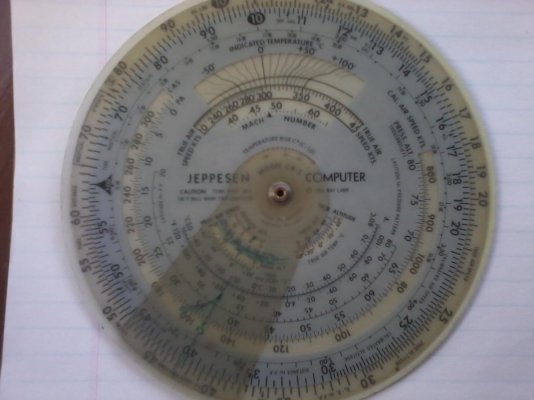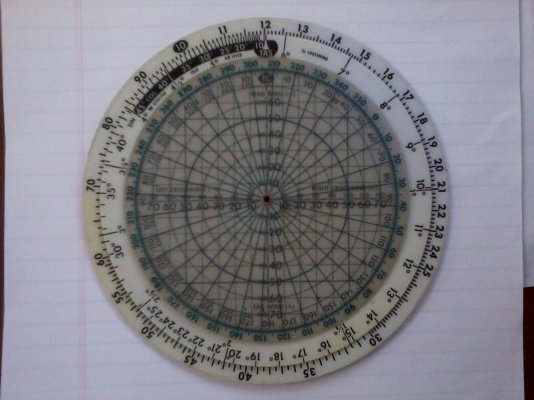Captain K
Senior Member
- Joined
- Mar 19, 2012
- Messages
- 316
- Location
- USA
- Vessel Name
- GITANA
- Vessel Make
- Sea Ranger 47 Pilothouse
Dear Friends--Vigorous philosophical discussion stimulated on another thread suggested to me it might be a hoot to start another related thread on navigation basics. Out of simple curiosity, I'm wondering how many of us know how to (1) Plot a position on a chart using latitude and longitude, (2) Plot a course from point A to point B, (3) Convert navigation information from True to Compass and from Compass back to True by applying variation and deviation, (4) Fix our position using aids other than GPS, (5) Fix our position using aids other than Radar, (6) Apply projected current set and drift to calculate heading and speed to a given point. Lastly I'd be interested in knowing your thoughts/opinions on whether any of these skills are still useful in the context of modern technology. Very much look forward to your comments!






